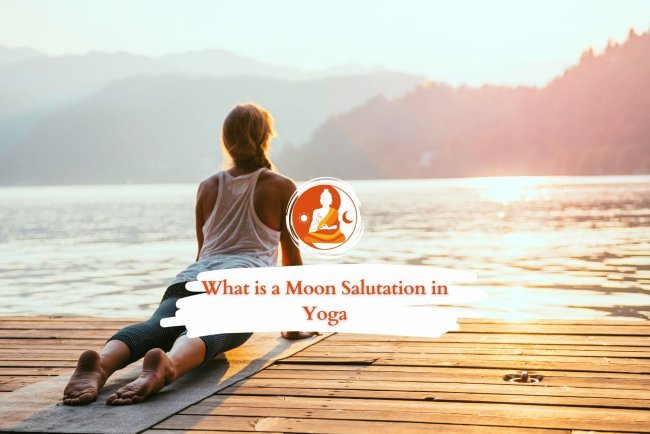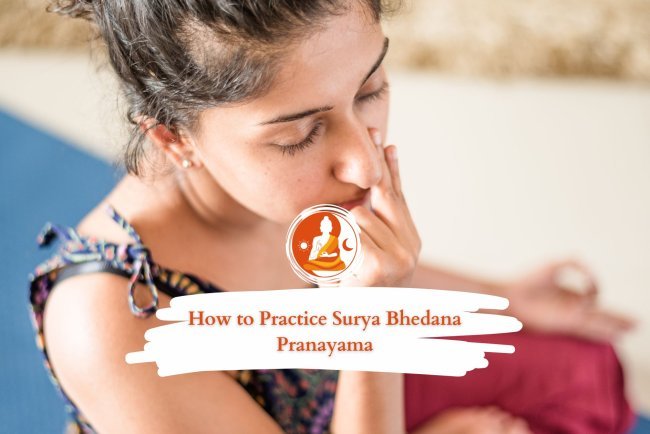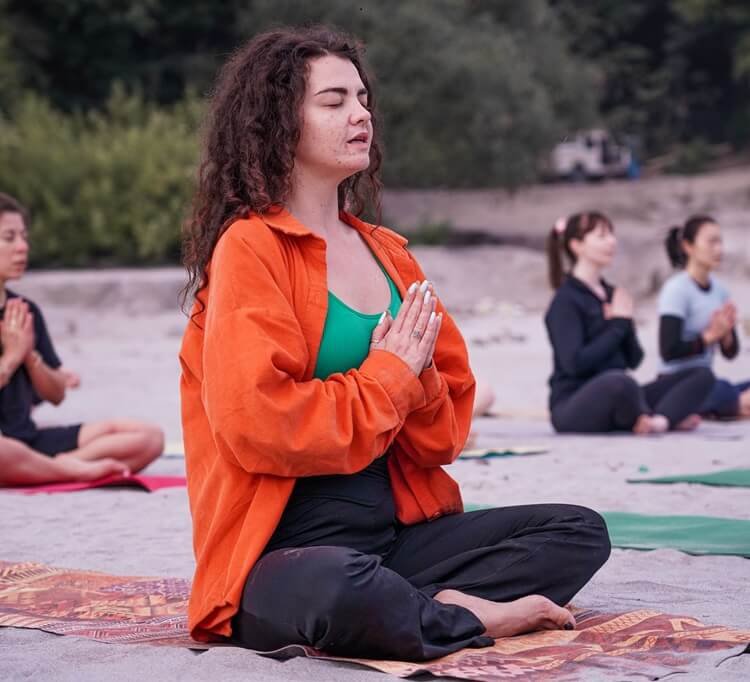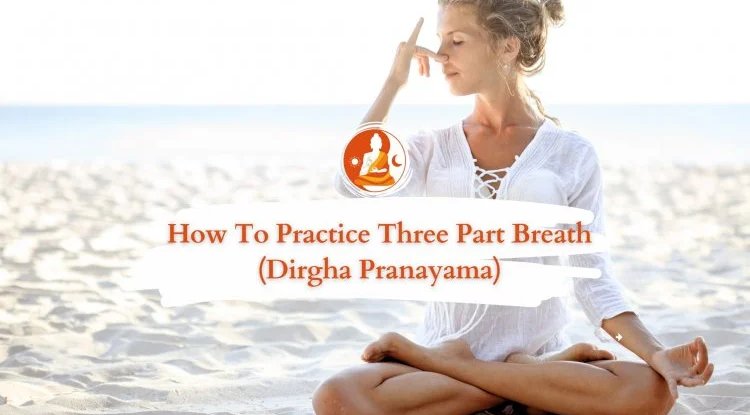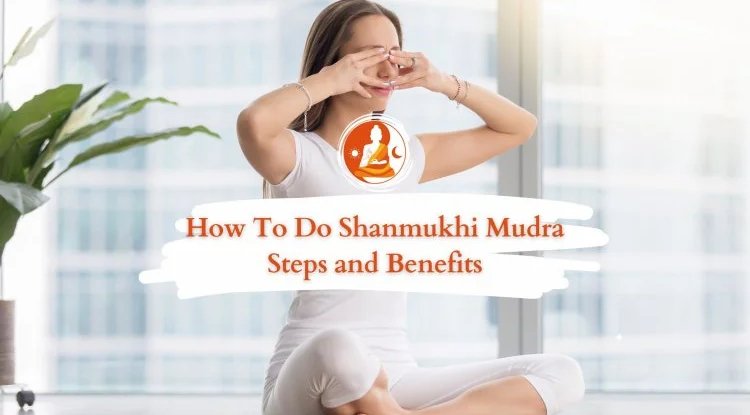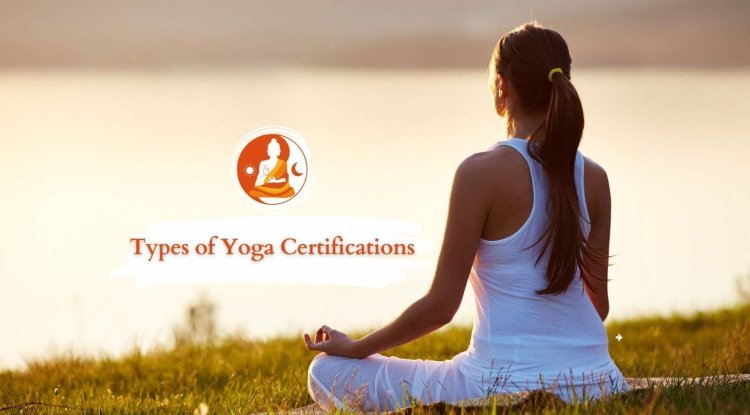Best Restorative Yoga Teacher Training Programs

Restorative yoga teacher training is a special route taken by aspiring yoga teachers who want to experiment with the soothing, healing, and deeply relaxing aspects of yoga. It is not like other types of yoga, but rather it lays more emphasis on mild, supportive poses that have been reported to bring about the effects of complete relaxation and stress relief. Within this training program, you will learn how to guide your students into poses inviting physical healing, mental clarity, and emotional balance.
Due to the growing popularity of wellness and mindfulness, the training for restorative yoga has gained much more attention among yoga teachers and students. Many institutions now offer online restorative yoga teacher training; this is helpful for instructors because they can now get certifications from any corner of the globe. The courses include principles of restorative yoga, breathing exercises, sequencing, and the use of bolsters and blankets for optimal relaxation.
Why Choose Restorative Yoga Teacher Training?
Restorative yoga training is superb for yoga teachers who want to expand their skills and enhance the relaxing and stress-relieving qualities in their students. Here are a few reasons why this training is a valuable investment:
1. Evolutionary Growth towards Mindful Practice: Along with the awareness of mental health, people are on the lookout for practices that come under yoga to bring relaxation and ease stress. Restorative yoga helps someone stay calm in this fast-moving world.
2. Specific Skillset: Restorative yoga uses props, long, meditative holds, and many other special skills. Upon finishing this training, you will be able to give your students something really meaningful.
3. Accessible to All Levels: Restorative yoga is non-abrasive, making it accessible for everyone regardless of fitness level. The practice provides tools with which to work to make yoga approachable for seniors, those with physical limitations, or anyone recovering from injuries.
4. Deepens Personal Growth: The program can deepen your knowledge of mindfulness, breathing, and relaxation. This journey enhances your personal growth as a yoga teacher and helps you guide students toward a healing, restful experience.
5. Flexible Learning Options: Many programs now offer online restorative yoga training, making it easier than ever to get the certification at your own pace.
What to Look for in the Best Restorative Yoga Teacher Training Programs?
The best restorative yoga teacher training programs offer comprehensive, high-quality experiences. The following factors are crucial in the choice of such programs:
1. Accreditation and Certification: Choose a program that is recognized by accepted yoga organizations or, at the very least, by Yoga Alliance. A certificated restorative yoga teaching will add credibility to your credentials and allow you to work with a distinguished value.
2. Seasoned Trainers: Find courses instructed by highly experienced restorative yoga teachers with solid backgrounds in yoga and wellness. Teachers who have practical experience bring with them priceless insights that go beyond theoretical knowledge.
3. Integrated Curriculum: All the best restorative yoga training programs include anatomy, sequencing, use of props, pranayama, and the therapeutic benefits of restorative yoga for mental and physical health. All these empower you with working knowledge so that you can teach with effective ability.
4. Flexible Online Options: The online restorative yoga teacher training is suitable for busy individuals or in cases where attending classes cannot be easily accessed. Search for courses that are flexible about the timeline they offer, but enable you to master them at your own pace.
5. Community Support: Most restorative yoga training programs also come along with community support from the teachers and other students. A supportive community can further help in deepening your learning experience and bind you into the yoga community further.
Best Online Restorative Yoga Courses
Online restorative yoga training programs are also possible for studying from home. The following are the mostly recommended ones:
1. Yoga International's Restorative Yoga Teacher Training: With good quality online courses, Yoga International offers its program also to new as well as experienced teachers. It involves anatomy, use of props, and relaxation techniques.
2. The Breathing Space's Restorative Yoga Certification: An online restorative yoga training program dedicated to therapeutic benefits of restorative yoga. The curriculum follows a nonstructural format, which means students can learn at their own pace.
3. YogaRenew Restorative Yoga Certification: This is one of the most affordable, Yoga Alliance-approved programs that tend to cover essential issues in restorative yoga, ranging from sequencing to emotional wellness. Their fully online program allows you to complete certification on a schedule of your own choosing.
4. My Vinyasa Practice: My Vinyasa Practice is training in restorative yoga, involving meditation techniques, prop modifications, and sequencing for a variety of different levels. This is an online Yoga Alliance-certified course, which would be ideal for someone seeking certification from a recognized organization.
5. Insight Yoga Institute: Yin and Restorative Yoga This is a combination of yin yoga and restorative practices, and it's the best assimilation for relaxation and mindfulness. Perfectly suitable for teachers who require training in both yin and restorative yoga.
Comparison Training: Restorative vs Yin Yoga Training: What's the Difference?
Although both restorative yoga and yin yoga practice slow, mindful movement, the approach and objectives differ. Restorative yoga is highly focused on relaxation-in each pose, support is built with props so it's easy for the body to rest. A body of research says it is designed to trigger the body's relaxation response by helping reduce stress.
On the other hand, yin yoga requires deeper holds that are more based on stretching the connective tissues. It provides a gentle but intense stretch mainly to the lower parts of the body, particularly the hips and thighs.
Benefits of Online Restorative Yoga Teacher Training
Online restorative yoga teacher training is very flexible, convenient, and accessible. Online courses allow you to learn from home, anytime, and according to your pace, with lower costs compared to in-person programs. In addition, online restorative yoga certification programs provide lifetime access to course materials, allowing you to revisit teachings whenever you need.
Making the Best Choice
The best yin yoga training is the one that actually delves into anatomy, the nervous system, and the psychology of relaxation to prepare the teacher to help students fully rest and rejuvenate.
Frequently Asked Questions (FAQs)
Of course, the best program for you will always depend on your needs and preferences. Look for accredited courses with experienced teachers who will cover a comprehensive curriculum example, Yoga International and YogaRenew.
Yes. Restorative yoga certification programs are increasingly being made available online. I can earn certification from the comfort of my own home using the flexibility of an online program that offers lifetime access to materials.
The subject of yin yoga engages deeper, longer holds to stretch connective tissue, while restorative yoga uses props for supported relaxation. Both styles are useful but for different purposes.
While some prior yoga experience can be beneficial, many newcomers enjoy being new. On the other hand, some background knowledge of the principles of yoga can assist your practice, but that's not always so.
What's Your Reaction?







